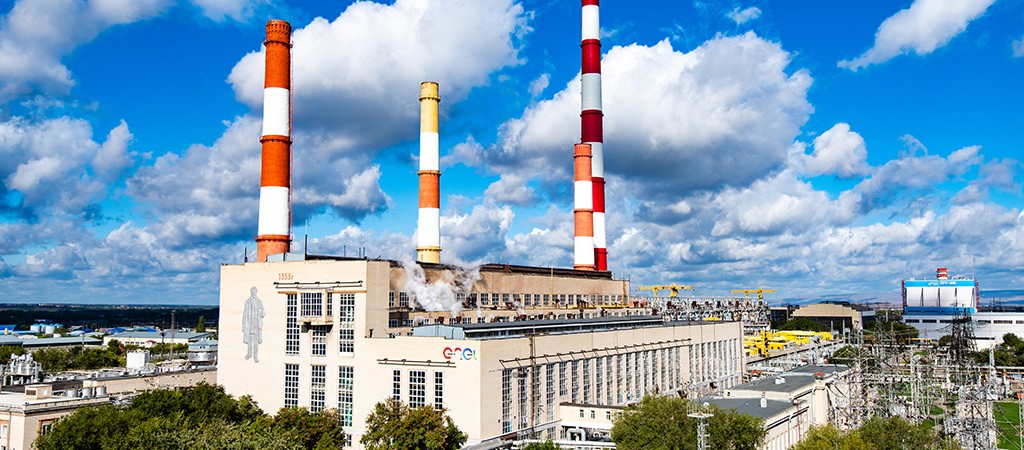How we change the present
The global goals of reducing the negative impact on the environment and the transition to low-carbon technologies put a huge responsibility on business. But the world changes when everyone starts with themselves. And it is even more motivating to make changes with the examples of such responsible industrial enterprises that choose new business models and approaches to the use of resources.
Some are adopting a circular economy approach. Its basis is the rejection of excessive consumption for the sake of the well-being of the next generations.
Recycling is the foundation of a low-carbon circular economy, reducing waste and making valuable materials last longer. But such an approach to solving the environmental challenges of our time is not limited only to the recycling of waste at the end of the product life cycle, but, on the contrary, is constantly expanding due to the proposed innovative solutions.
Compliance with the principles of the circular economy helps companies achieve UN Sustainable Development Goal 12 - Ensure sustainable consumption and production patterns. It assumes, among other things, a significant reduction in the volume of waste by 2030 through the adoption of measures to prevent its formation, reduce, recycle and reuse it.
In 2021, the largest project in the framework of the circular economy was implemented within the perimeter of Enel Russia. At Nevinnomysskaya GRES, a unique operation was completed to dismantle the building of a 170 MW combined cycle gas turbine power plant (CCGT). The peculiarity of the dismantling is that 99% of the materials that made up the building and equipment were sent for recycling and reuse. This is the first project implemented in Russia that fully complies with Enel Group's sustainability principles.
The 170 MW CCGT was launched in 1972 and decommissioned in 2015. It was replaced by a new CCGT-410, which began operation in 2011 and provided a reliable power supply for the 2014 Winter Olympics in Sochi. As a result of the work carried out to modernize the new combined cycle plant in 2020 and successful certification in 2021, its capacity increased from 410.2 MW to 431.4 MW.
During the dismantling of the building of the CCGT in 2021, 12.37 thousand tons of waste were generated, of which 21% was scrap metal sent for remelting, which will make it possible to reuse it, and 78% - broken concrete structures and bricks, from which the crushing plant produced building materials in accordance with the technical specifications. After confirming their compliance with the specifications, the resulting crushed stone was involved in backfilling the pit, which remained after the dismantling of the CCGT.
Such large projects are an incentive for the further development of projects in the field of circular economy in the company, as well as an example for those who, in daily practice, strive to make their personal contribution to the sustainable development of the world.
